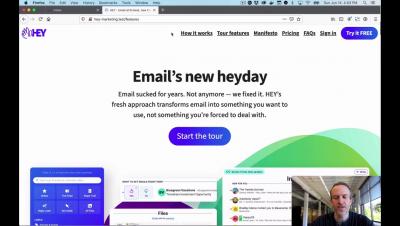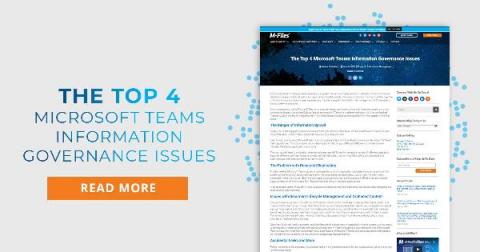Teams | Collaboration | Customer Service | Project Management
%term
What's new in Asana | June 2020
Take a tour of HEY
What Does Fully Remote Work Mean (2020 Guide)
Ever since COVID-19 hit, there’s been a sharp rise in remote working. And that’s resulted in tons of remote work articles and telecommuting tools popping up. But with all this information out there, one question remains: What does fully remote work mean? Don’t worry, we’ll answer that in this article. We’ll cover the various kinds of remote work, its advantages and disadvantages and even where you can find remote work.
Through the CIO lens: 5 important CX trends for 2020
The world has experienced some big changes recently. Just about every company is now grappling with how to set up their business for long-term success in the new normal, and it is telling that investments in customer experience will be one of the last areas targeted for cuts.
What is call center software?
Every business owner understands the value of superior customer support. Today, improving customer satisfaction often boils down to implementing call center software. This technology can automate call routing and recordings, along with many other features. Choosing a call center solution, though, can be an overwhelming process. First, you need to decide what type of system best matches your specific business model.
How to increase first-time fix rates to boost customer satisfaction and revenue
In Field Service Management (FSM), the smallest of mistakes can be the difference between great customer experience and losing business. One of the ‘mistakes’ that greatly affects customer satisfaction is the inability to resolve field service requests on the first fix. Given an environment rife with competition and the evolution of customer expectations, showing up isn’t good enough.
How to Stay Productive Working from Home
Want to stay productive working from home? You’re not alone. Recent global events have only accelerated what we saw across several predictions and studies: that remote work and working from home would soon be a new normal for the majority of the labor force. However, because the shift to remote work was so sudden because of the rapid spread of COVID-19, many employers might not have been able to help their employees transition seamlessly for work from the office to work from home.
OneDesk for IT Departments
The Top 4 Microsoft Teams Information Governance Issues
At its core, the term data governance refers to a system of decision rights and accountability for all information-related processes that exist within an organization. In other words, it’s a way to not only maintain visibility over the information your business is creating every day. It’s also a way to track the formal management of those assets as accurately as possible.










